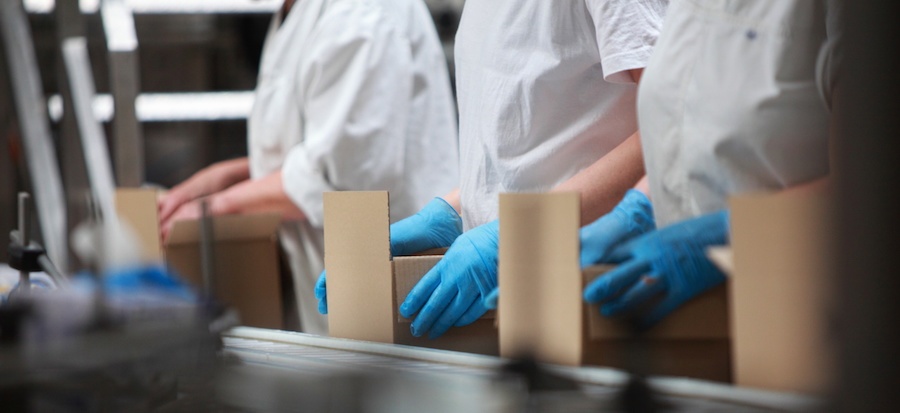
Pick and pack fulfillment has existed for decades as a core feature of many warehouse operations. But the steady march of tech innovation has left no industry untouched: how will tech impact pick and pack in the future?
While we have our eyes on many innovations in this space, we believe there are three key developments in technology that will positively impact warehouse operations in the coming years:
- Robotics
- Augmented reality
- 3D printing
Let’s take a quick dive into each one of these areas.
Robotics
Lean methodologies tell us we have to keep the picker picking and the packer packing.In reality, much time and energy are wasted by walking between stock and the packing locations. Today, a new generation of “follow me” robots is poised to do away with much unnecessary human motion.For example, both Locus Robotics and Fetch Robotics offer an autonomous mobile robot that allows the picker to fill bins on the robot with stock; once filled, the robot finds its way to the packing station, with another robot sweeping in to take its place beside the picker.
It will be a while before humans are completely replaced in the warehouse—if ever. But there are many opportunities for robotic solutions to pick up the more mundane, repetitive tasks, freeing up the worker to focus on more difficult responsibilities with a higher number of variables.
Augmented Reality
Imagine yourself in a next-generation warehouse, wearing a pair of smart glasses. Without breaking stride or looking away from your work, you can instantly see what to pick next, follow arrows directing you how to get there and compare with pictures to make sure you’ve picked the right item. You can also call up short training videos to become certified for new tasks, get health and proper posture alerts, and see how fast and accurately you are working compared to your teammates.
This is augmented reality (AR), enhancing the user’s experience by overlaying the real environment with graphics and text, valuable data available to them at a moment’s notice. Whereas virtual reality (VR) typically provides complete immersion into a virtual world by blocking out the real, augmented reality mixes computer-generated scenes and information with reality, allowing the user to stay in touch with the task at hand.
Although the augmented reality hype cycle has been fueled by consumer fads such as Google Glass and, more recently, Snapchat’s Spectacles, companies realize smart glasses can have real commercial value. Industries that will benefit from “the next big thing” are medical, mobile, consumer, automotive, manufacturing, and logistics. Smart glass vendors like Epson and Vuzix are leading the way by producing lightweight yet durable enterprise-grade AR headsets, and the market is positioned to reach over $5 billion in 2017.
3D Printing
This exciting technology has created a media sensation, but most manufacturers still consider it to have only niche applications in prototyping and custom limited runs. Looking into the future, this technology could potentially disrupt the entire pick and pack fulfillment model as we know it today.
Consider the footwear giants Nike, Adidas, and New Balance. In 2016, all three released prototypes of shoes with 3D printed soles, shaped to fit exactly the feet of the customer who could potentially order a pair in the future. Think of the ramifications. With 3D printing, the warehouse would stock only the raw materials, and the aisles and aisles of shoes would be replaced by a few rows of 3D printers. As orders arrive, along with electronic files containing digitized scans of the customer’s feet, printing of the shoes would happen on-demand and be shipped out directly. Suddenly, pick and pack is eliminated!
The greatest obstacles to 3D printing are the slow print speeds, low-quality outputs requiring lots of quality control, and limited materials. Much is being invested into research to solve these issues.
Innovations are impacting traditional warehouse operational models more and more, and it is imperative for operators to stay abreast of these changes to maintain competitive advantages. Picking and packing will always be necessary but will look very different in the future.
{{cta(’86fee20f-2875-4215-b5d5-22d158271af7′)}}
